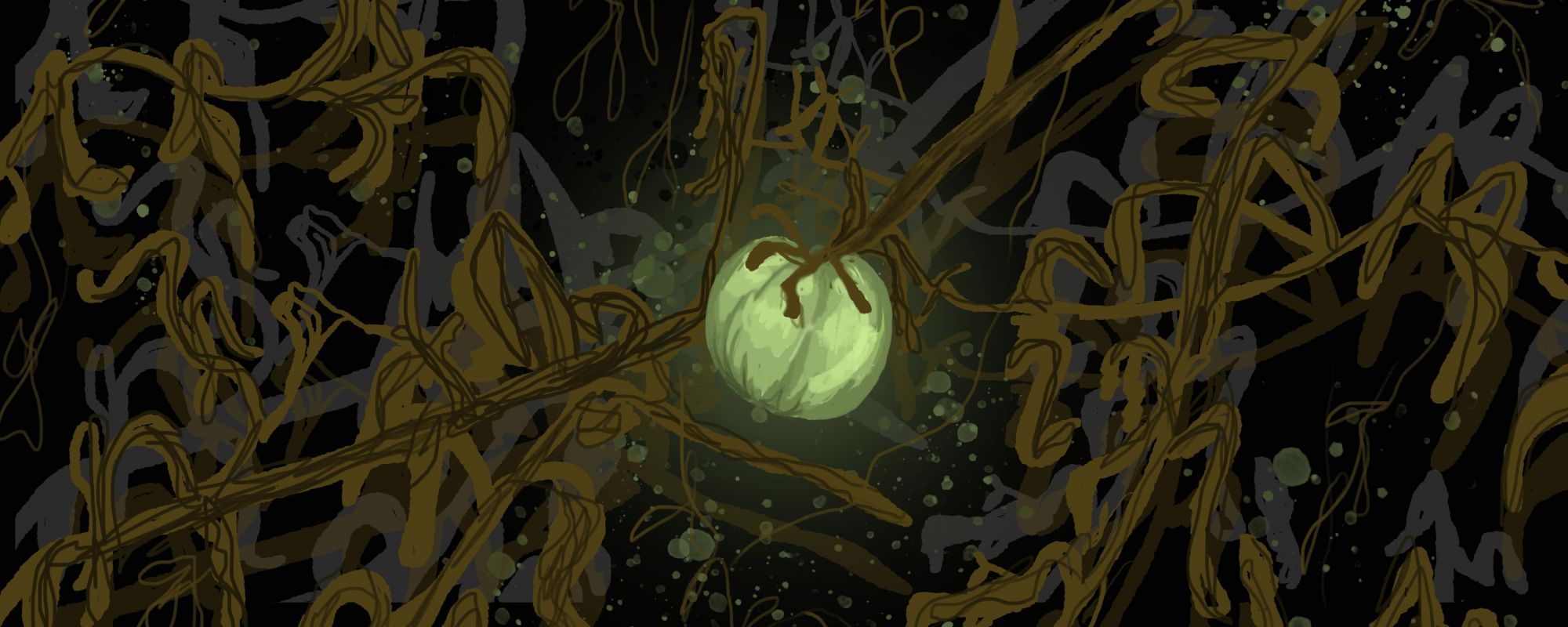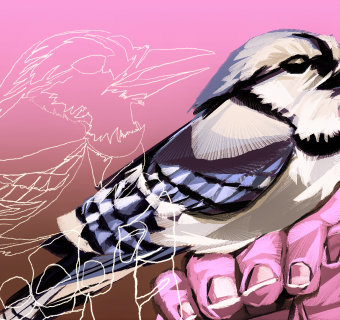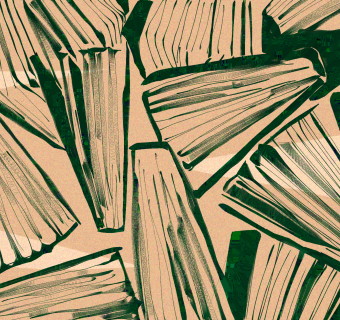When I left in June, the last item I tucked away in the car was a tomato seedling--one of the near hundred that had sprung out of the earth unprompted during the weeks before. We hadn’t sown new seeds, yet they sprouted, ready to try again after last year’s failed harvest.
Squatting in the soil with my 13-year-old, we plucked them from the old plant bed, taking caution to not tear the roots that would anchor them where they now belonged in the garden.
How different it felt, from where I was a year before. I thought that perhaps I could still be Laura Ingalls—that I could yield a plentiful crop and live simply, and that would be enough.
I knew my time remaining there was short, so I set aside a seedling for myself, delicately transplanting it into a small pot that I could carry with me as I said goodbye.
When I arrived where I was going, I had my tomato plant in hand, and, feigning optimism, I let it occupy my mind. How different it felt, from where I was a year before. I thought that perhaps I could still be Laura Ingalls—that I could yield a plentiful crop and live simply, and that would be enough. But the cottage walls crumbled, and I found no tranquility, only turmoil.
My tomato plant was dying.
The leaves yellowed and wilted, and I blamed myself for being unable to warp the elements for a perfect balance of rain and sun. I purchased a larger pot because I thought it needed more space, but it was too much space, and the roots that once took hold so desperately began to rot. I screamed at it to grow. I screamed at it to go. But I was the one that left, and I hated myself for being so brutal.
Over and over, I watched little yellow buds flourish and then shrivel up and fall to the ground. I gave up, and I fully believed my tomato plant had too.
But then I saw a little green tomato, barely holding on. It was, dare I say, pathetic, and somehow still, spectacular. Acclimation is no small feat.









